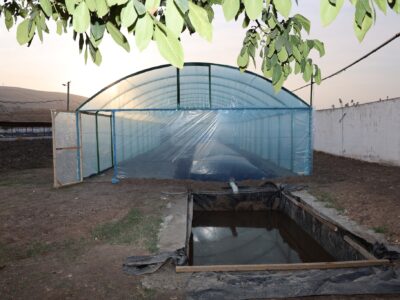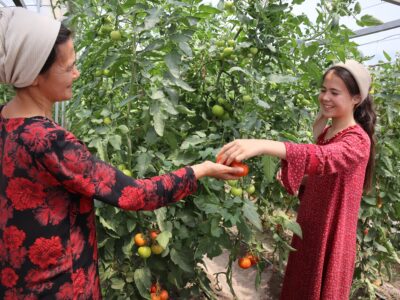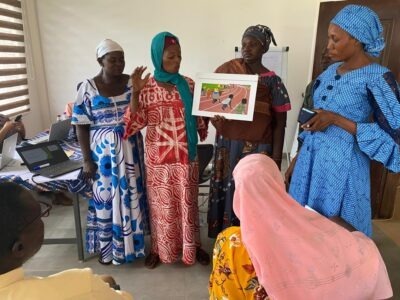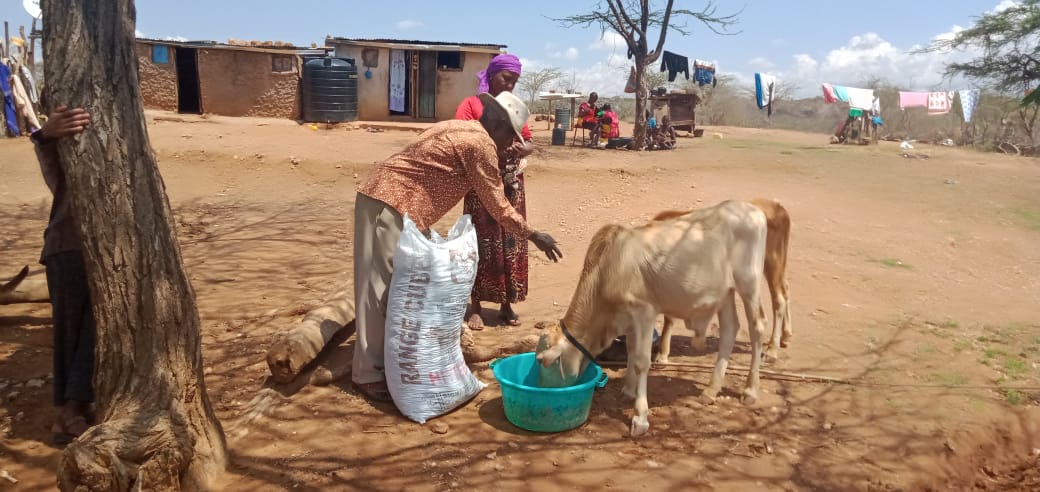
Mokodisho Lekaaso was at a loss when a prolonged drought led to the death of 60 of his cattle, leaving him with only 10. Together with his family of eight, Mokodisho lives in Ntepes village, Oldonyiro Ward, on the outskirts of Isiolo County located in the northern parts of Kenya. The ward, made up of mostly pastoralists, sits on a vast arid land with green acacia trees. The weather is windy and stiflingly hot all year round.
In 2022, the residents of Northern Kenya endured four seasons of insufficient rainfall, leading to a drought. According to the National Drought Management Authority, livestock producers lost more than 1.4 million animals as a result of the recuring drought. Mokodisho’s family relied on cattle for milk as a source of nutrition for the children, especially those under the age of five. They also sold the surplus to obtain income for the family. The drought continued to weaken the remainder of their cattle, especially the calves. “The cows are producing very little milk, even for the calves. All my livestock were emaciated,” Mokodisho said.
With funding from the United States Agency for International Development (USAID), in partnership with the County Government of Isiolo and seven local agro-dealers, the Feed the Future Kenya Livestock Market Systems Activity (“the Activity”) provided approximately 60 tons of supplementary feeds to 519 families for their livestock, especially core breeding herds consisting of lactating cows and calves. The Activity provided the supplemental feeds cost-effectively and conveniently to address livestock nutritional deficiencies or shortages for herd maintenance.
Mokodisho was one of the recipients. With two vouchers worth US$10 each, he bought 100 kilograms of animal feed from a neighboring agro-dealer, Oasis Agrovet. The feeds would normally retail at US$25. Oasis Agrovet is run by Luijah Lesuuda, who distributed 168 bags of feeds to 84 families as part of the intervention. Apart from supporting the families, she also found this an opportunity to market her business and bring in more stock. “The intervention has enabled me to boost my business and avail livestock feeds to the Oldonyiro community,” Luijah said. Mokodisho was grateful for the support that has kept his animals alive. “With the feed supplement, the lactating cows are producing at least a liter of milk per day, which we give to children,” he said.
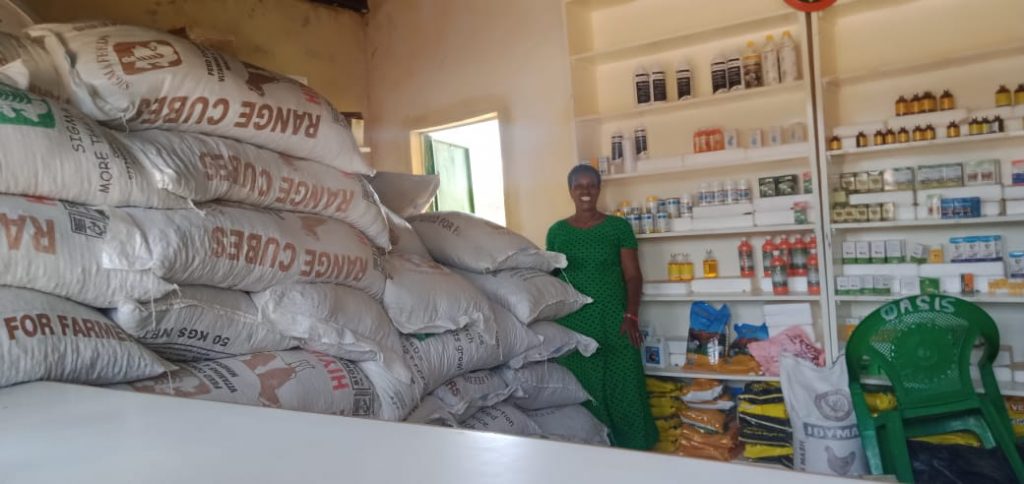
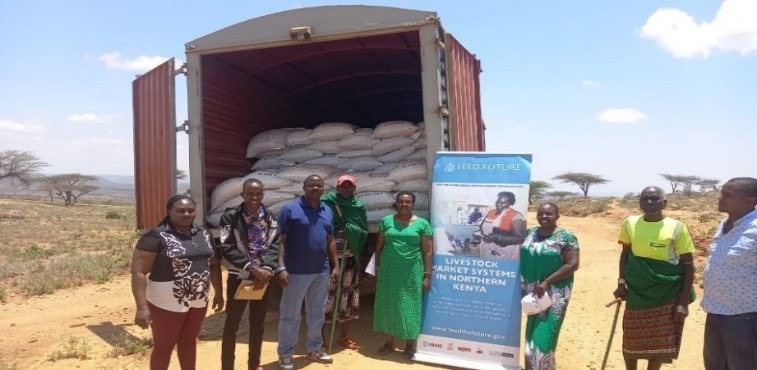
In Isiolo County, the Activity also worked with the county government, a water committee, and private water vendors to truck water to two sites in Merti Sub-County. The residents benefited from 20,000 liters of water for 10 days at a subsidized cost of US$0.10 per jerrican (20 liters). With this intervention, communities could access water regularly, while the water committee used the funds to purchase more water and ensure a sustainable water supply for the residents.
In addition, the Activity contributed to increased household income by supporting small-scale traders through cash transfers to supply grains and foodstuff in the livestock markets. USAID’s support to Isiolo County traders will mitigate setbacks during drought and increase vibrancy in the markets.
The Agency has invested US$212,520 in supporting the residents of Garissa, Isiolo, Marsabit, Turkana, and Wajir counties to mitigate the effects of drought. The intervention upholds livestock, health, and nutrition through the provision of sustenance feeds and water for livestock. It also facilitated livestock market traders as well as grains and foodstuff vendors to sell food in the markets. USAID’s interventions are in line with the Kenyan government’s agenda to advance agricultural transformation and inclusive growth. The agenda outlines that the biggest challenge dairy farmer face is the high cost of animal feeds.
Learn more about our work in Kenya.
Learn more about the Feed the Future Kenya Livestock Market Systems Activity.

